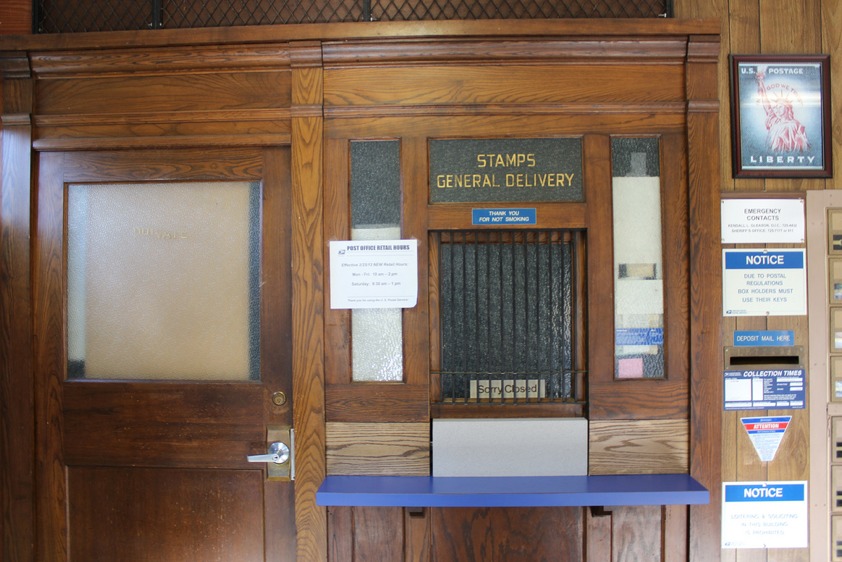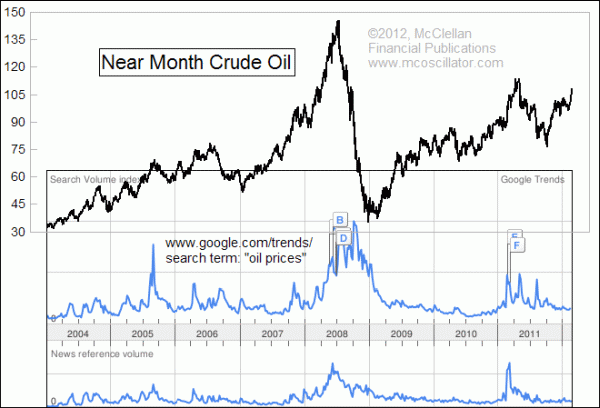I follow income stocks pretty religiously, though I’ll admit it’s been awhile since I’ve looked at tobacco stocks.
I sold my last tobacco stock – Marlboro maker Altria (MO) — about a year ago when I took a long, hard look at the dividend yield (then about 4%) and decided it no longer made sense to own as an income stock.
At that price, there was a lot of potential downside and very little upside.
Or so I thought…

Tobacco Play
It seems I sold too soon. Altria’s stock price has enjoyed a nice 20% bump since then, and the yield has shrunk to just 3.6%. The stock trades for 23 times earnings… which is slight premium to the broader market.
Now, I’m not the biggest fan of bubbly tech stocks like Facebook (FB) or Amazon (AMZN).
But I can promise you this: I’d much rather pay the current multiple of 84 times earnings for Facebook or even 460 times earnings for Amazon.
Terminal Decline
True, I consider those valuations to be wildly excessive, but I believe that there is at least a chance that the companies could grow into those valuations. It could happen.
But tobacco stocks operate in an industry in terminal decline. Cigarette sales volumes fall with every passing year, and the regulatory noose just keeps getting tighter.
Now, there is nothing wrong with buying a stock in a declining industry, particularly if you’re playing it as a short-term trade.
Other Options
And even as a long-term holding, it can make sense so long as you’re buying them as deep-value stocks and realizing a decent current return via an outsized dividend.
But there is no scenario under the sun in which tobacco stocks should trade at a premium to the broader market. None. Nada. Zip.
This is how desperate investors are for yield these days. They’re willing to accept a sub-4% yield on a no-growth company in a slowly dying industry because they can’t find a better yield elsewhere.
Mortgage REITs
Well, the fact is, they’re not looking hard enough. As I wrote two weeks ago, prices in several corners of the income market are actually downright cheap.
Yields of over 10% are common in mortgage REITs and business development companies.
These sectors are not without their risks, of course. But at least you’re being properly compensated for taking those risks at current prices and yields.
But while I like select mortgage REITs and business development companies, in my opinion I see the very best opportunities in closed-end funds.
Muni-Bonds
As a group, closed-end funds focused on municipal bonds are trading at some of the deepest discounts to net asset value since the 2008 meltdown and its aftermath.
It’s not unusual these days to find funds trading for 80 cents on the dollar. And some of the yields can be downright spectacular in my opinion.
Now, in my opinion, getting these kinds of yields involves taking a modest amount of risk. Some of these funds have exposure to shaky issuers like Illinois and Puerto Rico.
But the vast majority of these muni-funds are invested the bonds of at least semi-responsible state and local governments that can reliably be expected to service their debts.
And believe me, I consider a fund like this a lot safer than an Altria trading at today’s prices.
Photo Credit: Paul Carmona via Flickr Creative Commons



